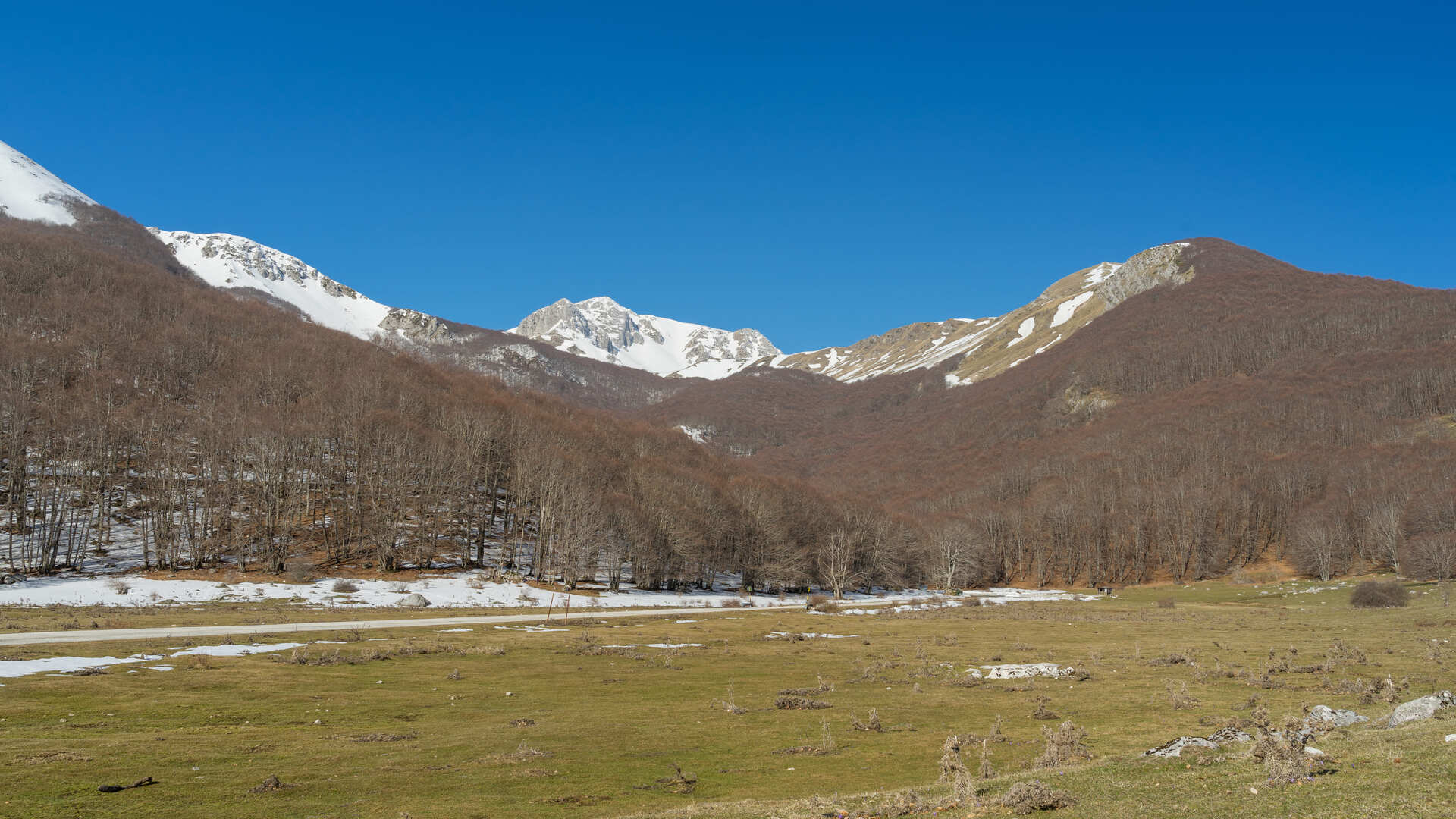The Abruzzo, Lazio and Molise National Park, established in 1923, is one of the most famous protected areas in Italy and one of the best known in Europe. The laws protecting this area have made it possible to safeguard an almost uncontaminated environment, home to unique flora and fauna.
The National Park also includes several municipalities in Molise: Pizzone, Scapoli, Rocchetta a Volturno, Castel San Vincenzo and Filignano. Near Pizzone are the Meta and Passo dei Monaci peaks, which rise to an altitude of 1967 metres. Here there is a wide view of the neighbouring provinces of Lazio and Abruzzo.
Scapoli is famous, also internationally, for being the home of bagpipes. The ancient tradition of bagpipe making survives in harmony with a small number of craftsmen who keep this musical instrument alive. For several years now, the small town in Molise has also been home to 'The Reed-pipe Museum', unique in the world for its peculiarity. It is divided into two nuclei: the original village, called Rocchetta Vecchia, still perched in a defensive position on the mountain, and Rocchetta Nuova, which is at a lower altitude.
In October 1943 it was razed and occupied by the Germans, who evacuated the civilians to northern Italy; an 'International Museum of World Wars' has been established in the municipality. At San Vincenzo al Volturno the ancient Abbey, a complex of enormous importance (founded in the 8th century) was among the largest monastic cities in Europe, with about 400 monks. Its crypt (Epifanio's crypt) contains a cycle of 9th century frescoes, unique in Europe in terms of their date, state of preservation, the quality of the paintings and the great amount of meaning hidden in them. On the other side of the Volturno, following the Saracen incursion, another monastery was built around the 11th-12th centuries, within a fortified quadrilateral. This sacred building, reduced over time to ruins, was rebuilt in the 1950s. Filignano is the natural gateway to the National Park, with its 12 characteristic villages scattered across the valleys and up to the first spurs of Mount Marrone. In the municipality there are numerous ancient votive shrines decorated with sacred images on multicoloured majolica.
36 Natura e Svago - Parco Nazionale Abruzzo Lazio Molise
Back 36 Natura e Svago - Parco Nazionale Abruzzo Lazio Molise

